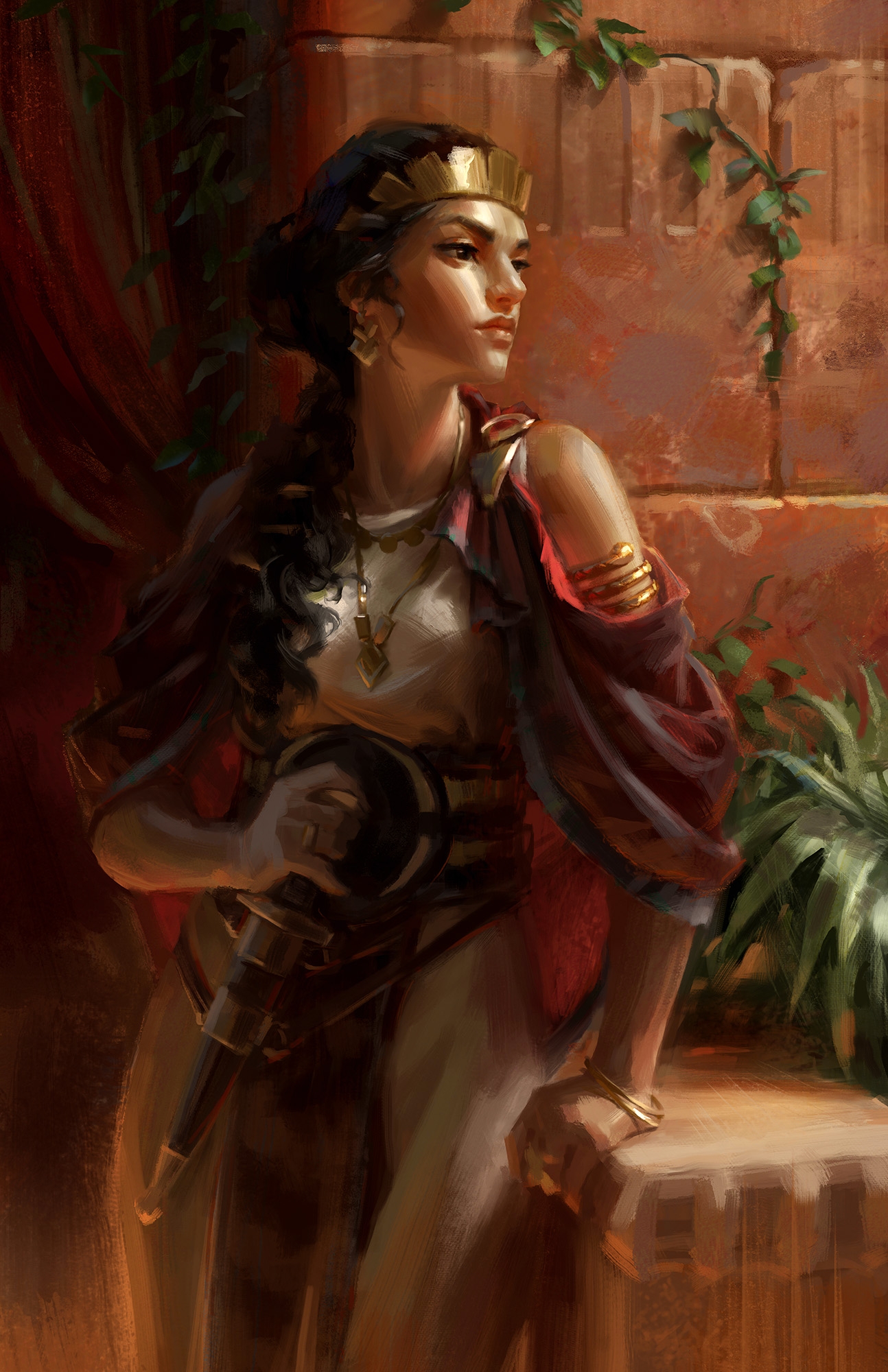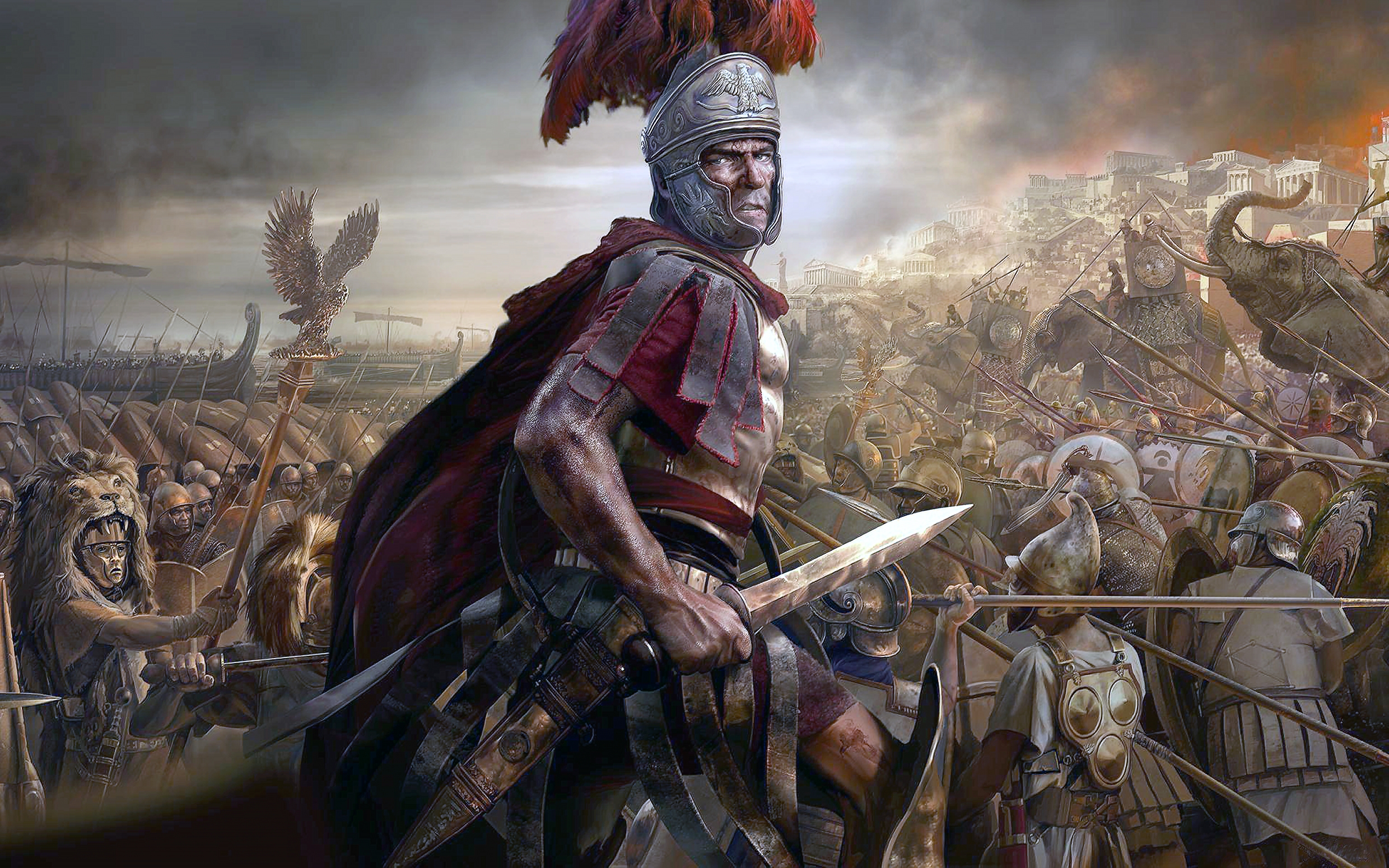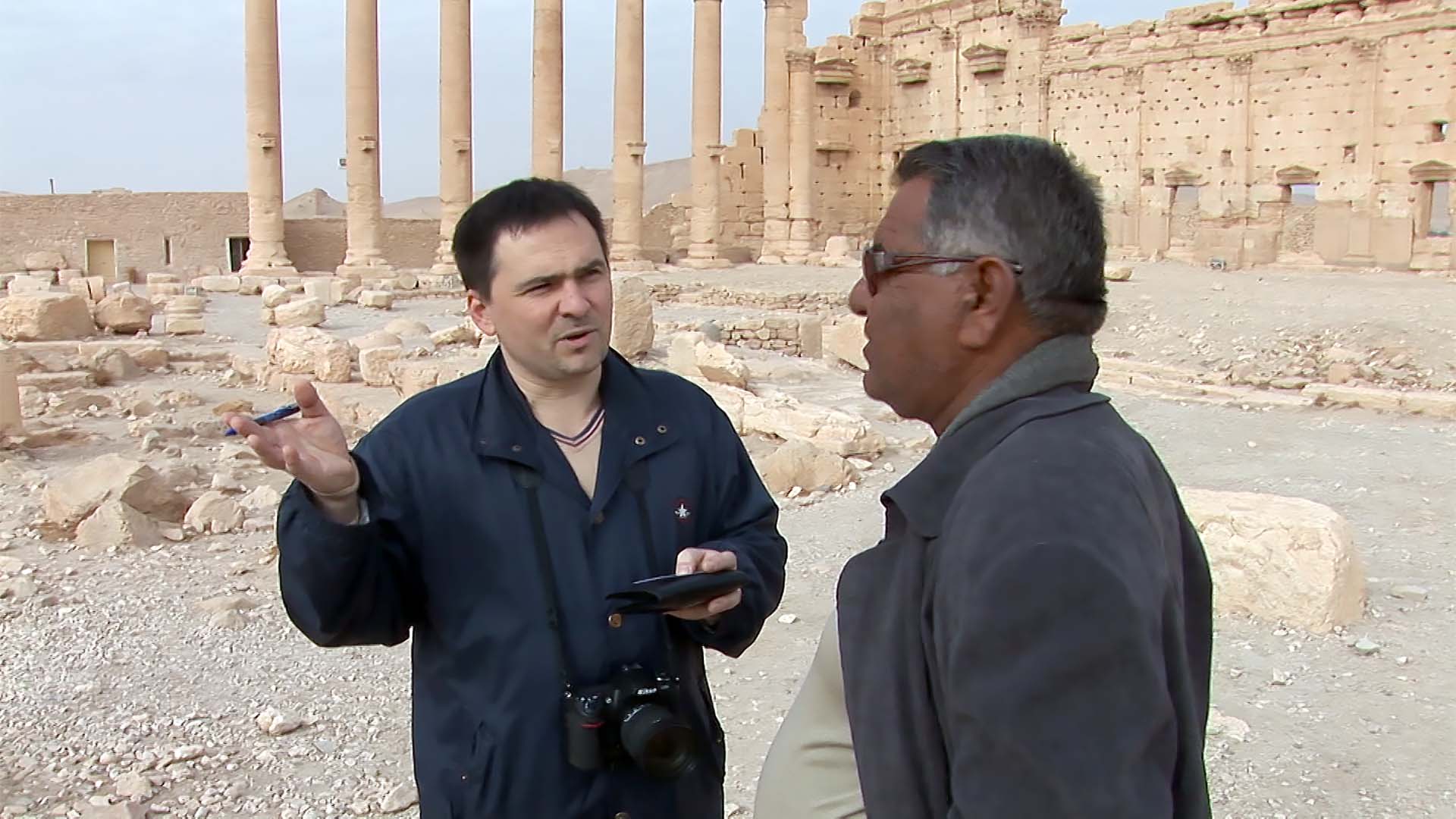Palmyra. Khaled Al-As'ad
Foto-video archive of Palmyra (Tadmor)¹, including exclusive video recordings at the National Museum of Antiquities of Palmyra.
A unique video recording of a conversation (previously unpublished) with one of the most important pioneers of Syrian archaeology in the 10th century, Khaled Al-As’ad, the researcher of ancient monuments of Palmyra, director of the Palmyra Museum and chief curator of the Palmyra archaeological complex.
On August 18, 2015, he was kidnapped and killed by terrorists while trying to protect his museum and the ancient city from looting.
The full version of the conversation with Palmyra Museum director Khaled Al-As'ad is available by contacting us
"Defying Rome"



This is a story about the history and art of the unique state of Palmyra, which reached its greatest prosperity in the 2nd and 3rd centuries AD because of its geographical location — at the crossroads of trade routes².
Located at the crossroads of the two great civilizations, Ancient Rome and Persia, Palmyra absorbed the best from them and gave birth to an original culture. Palmyra reached the height of its fame in Roman times, during the reign of Queen Zenobia, who defeated the Roman legions and occupied a large part of the Roman territory during the reign of Emperor Aurelian. However, the queen’s armies were eventually defeated, and Zenobia herself was taken captive to Rome in golden chains. Palmyra was destroyed.
We have a thematic collection of correspondence between the Roman emperor Aurelian and the queen of Palmyra, Zenobia, which can be accessed in full by contacting us
LOCATIONS:
— «Monumental Arch» part of the «Great Colonnade», the central artery of the city, which was rebuilt in 1930 by the architect Robert Amy. The material was taken before the destruction of Palmyra by the war;
— A four-column tetrapylon with four pavilions housing statues of Palmyra’s notables; the survived Aramaic and Greek inscription says that in 242/243 the Senate and people of Palmyra erected a statue of the strategist Julius Aurelius Zabdila in honor of his services in organizing Emperor Alexander the Severus visit to the city during his military campaign against the Persians (231-233)³;
— The temple complex of Bela. Cella, or the sanctuary of the temple4 , fragments of reliefs from the temple, the plafond of the northern tallamos where images of the seven planetary gods headed by Jupiter surrounded by the signs of the zodiac are placed and decorated with geometric patterns.
Curator Ali Torki Muhammad

— A Roman theater in Palmyra of ancient design, built in the second century AD;
— Temple of Baalshamin, god of heaven5. In contrast to the sanctuary of Bela, this cultic structure belongs to a later time than the surrounding courtyards framed by colonnades;
— The Hypogeum of the Three Brothers, a second century AD commercial tomb with 65 funerary niches, portraits of the buried placed in a circular frame supported by a winged Victoria. Frescoes of the upper tier with illustrations of mythological plots of the Trojan War;
— Palmyra’s Fakhr ad-Din al-Ma’ani citadel and other archaeological sites, UNESCO World Heritage sites.
PALMYRA MUSEUM:
— A sculpture of a lion from the Allat temple, placed in the garden surrounding the building: a giant sculpture of a lion from the Allat temple, the famous Arabian goddess protector of animals. A symbol of giving shelter to those who enter the temple grounds;
— an exhibit on the first floor of the museum devoted to ancient Palmyra, inscriptions made in Palmyra (a dialect of Aramaic);
— altars found during excavations at the Efka spring, which supplied fresh water to the Palmyra oasis, whose keeper was the priest of Yarkhibol, the «idol of the spring»;
— statues and bas-reliefs showing noble citizens of the city dressed in local, Roman and Iranian clothing; riders on camels and horses who provided protection for merchant caravans and served in the Roman army; a picture of a ship under a large sail with a man in the monastery’s temple, probably named Zebid, who in 247 was honored by a statue in the main street of the city for leading a caravan from Palmyra to Vologesias on the Tigris;
— collection of sarcophaguses and funerary reliefs: Malku and his family (second century BC)6, deceased members of the Athar family; a relief showing Zabda, son of Mokimu, son of Bakri, reclining on a banquet couch, excavated by a Polish expedition in the «Valley of the Tomb»;
— the sarcophagus and burial bed of Bolbarak and his family from the hypogeum in the «Valley of the Tombs,» excavated by A.Bounni and B.Taha7 in 1958;
— cultic sculptures of the southern gallery demonstrating the syncretism of Palmyrian beliefs (Aramaic and Arabian gods, deities of Mesopotamia and Iran, Greece and Rome);
— Reconstruction of the Temple of Bela. The author is the artist Wafaa Al-Jani;
— The eastern part of the museum gallery with images of the marble statue of Athena, the wreckage of which was found during the excavations of the temple of Allat in 1975;
— A Roman copy of Athena Parthenos from the 5th century B.C. by the great Greek sculptor Phidias; a mosaic depicting Asclepius, the deity of medicine, supported on a stick entwined with a snake (the modern pharmaceutical emblem).
THE HYPOGEUM OF THE THREE BROTHERS:
— door beam with five inscriptions in Aramaic at the entrance ( they report that three brothers Male, Saadi and Naamain built this hypogeum and later sold some parts of it (in 160, 191 and 241 AD);
— burial bed of the right corridor, from the main entrance. This part of the funerary complex belongs to three brothers, the owners of these burials;
Fine, beautiful stone work, details of the clothing of the men in Oriental robes, similar to Arabian ones. The funerary sculptures are missing their heads… but only one has survived. As you know they were lost in 1936, when the Dutch archaeologist Harald Ingholt, conducting archaeological work in Palmyra, discovered this tomb. The 16 heads are now in the Copenhagen cryptotheque;
— funerary niches. Each of them contained only one body, which was wrapped in a special cloth before burial;
— niches for placing various decorations and special glass vessels in which women collected their tears as they grieved for the deceased;
— vessels of «grief» from the National Museum of Palmyra;
Painting of the interior of the hypogea:
— frescoes in the Syro-Hellenistic style on the back wall of the underground part of the hypogea, portraits of the deceased in circular frames supported by the winged goddess Victoria standing on a sphere;
— a fresco showing Achilles dressed as a woman among the daughters of Lycomedes, king of the island of Skyros (an illustration of a famous mythological story from the Trojan War). Both of the latter plots tell about the immortality of the human soul, which is transported to the netherworld;
— fresco on the ceiling of the tomb depicting a young Ganymede being carried away by the eagle of Zeus;
— The fresco on the right wall shows a symbolic curtain which, according to the authors’ design, separates human life from death;
— The fresco on the opposite, left wall, shows a mother with a child in her arms, beside a box for food and money. According to Egyptian belief, food and money are also necessary in the afterlife;
— the left corridor of the funerary structure belongs to one of the brothers, Male, built 142-143 AD;
— marble slabs with inscriptions in Aramaic of the names of the buried children;
— the second fragment from the entrance doors to the underground part of the hypogea.
SPEAKER: museum curator Ibrahem Kassim
We have a complete exclusive video recording of the above, with the participation of Arabic-speaking guides from the Palmyra National Archaeological Museum, with permission from the S.A.R. Ministry of Culture and the Department of Antiquities (including the Temple of Bela and the museum itself).
¹ the Arabic name for Palmyra
² Palmyra was one of the great cultural and economic centers of the «Great Silk Road»
³ A strategist: in ancient Greek city-states he was the commander of an army, with the power to dispose of finances and rule of law in the army under his command
4 a sacred place to which only the priests had access
5 The temple of Baalshamin, dated 131 A.D., is a typical Roman construction with just a few non-Antique details
6 The hypogeum was excavated by H. Ingolt in 1935
7 Adnan Bounni is a famous Syrian archaeologist and scientist of international reputation. Author of numerous books and scientific articles on the archaeology and ancient history of Palmyra and the Middle East